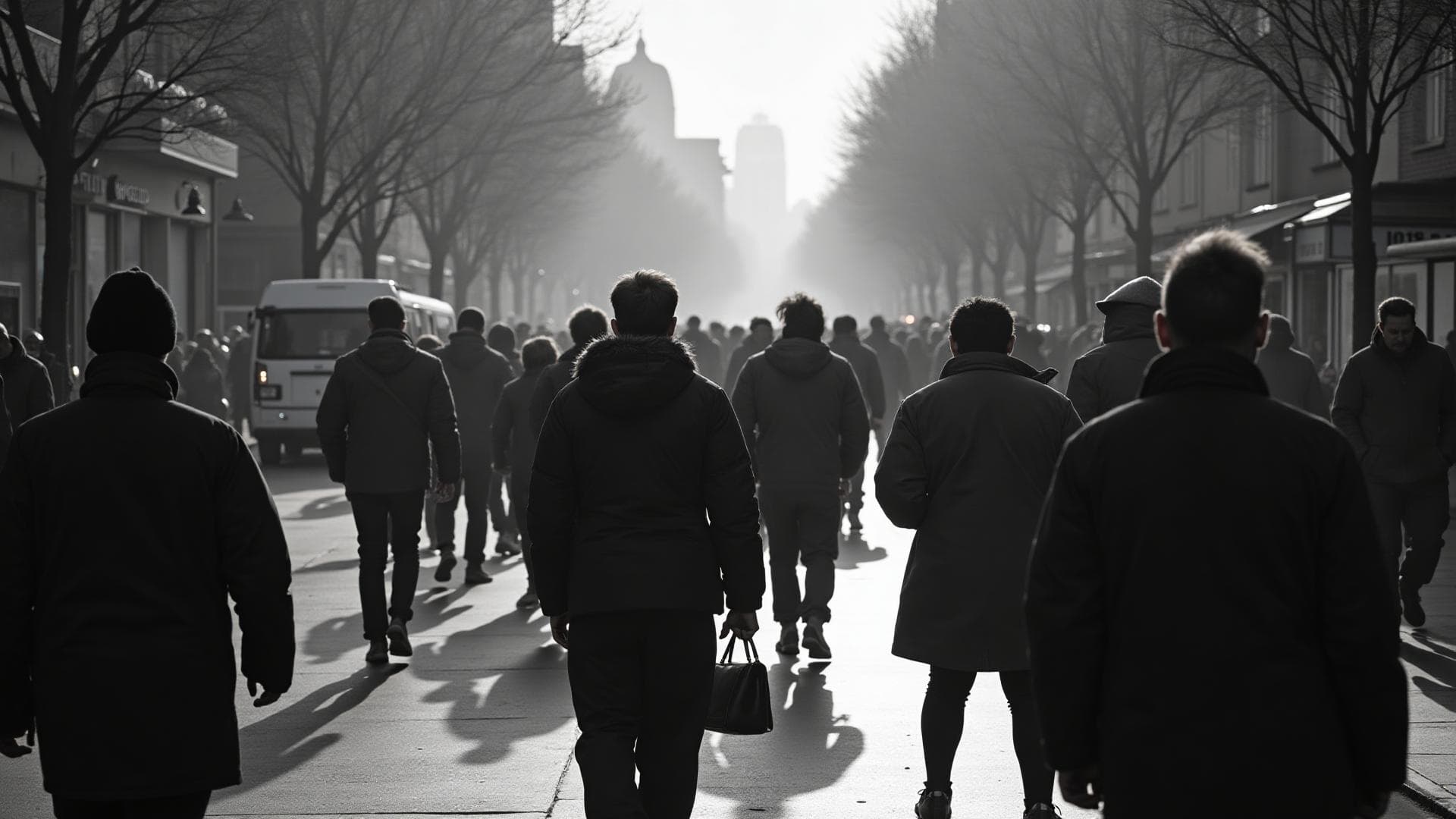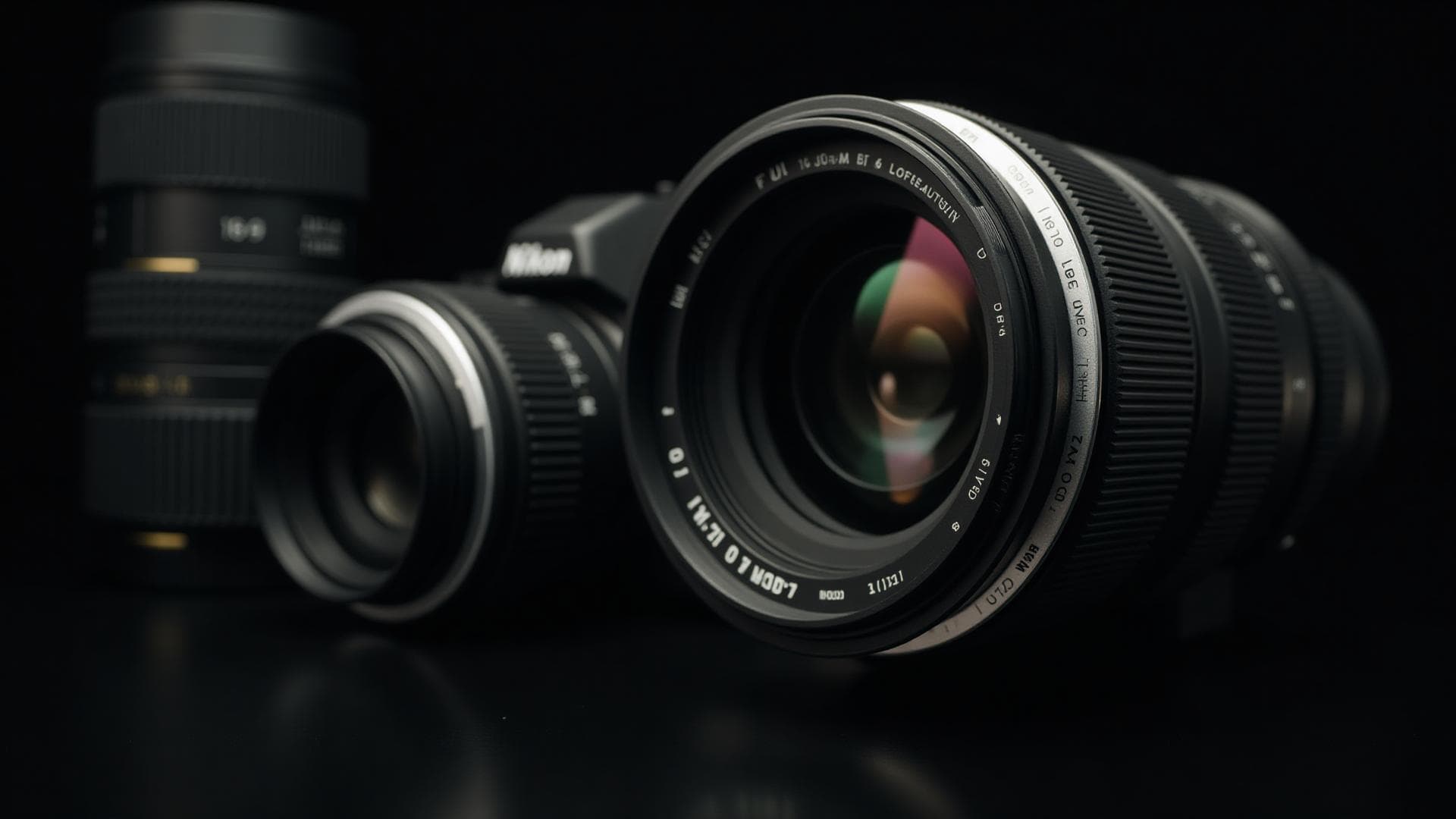Street photography sits at the intersection of art, journalism, and ethics. How do we capture authentic moments while respecting the dignity and privacy of our subjects?
Understanding the Legal Framework
Legal rights vary by country:
United States - Generally, you can photograph anyone in public - Commercial use may require releases - Harassment is never acceptable
Europe - GDPR adds complexity - Privacy rights are stronger - Check local laws before shooting
Ethical Considerations
Beyond legal rights, consider:
Respect and Dignity
Ask yourself: - Am I respecting this person's dignity? - Would I want this photo taken of me or my family? - Am I exploiting someone's vulnerability?
Cultural Sensitivity
Be aware of: - Cultural norms about photography - Religious sensitivities - Power dynamics (photographer vs. subject)
Practical Approaches
The Candid Approach
Capturing unposed moments: - Blend into your environment - Use a discreet camera - Shoot from the hip when appropriate - Be quick and decisive
The Interactive Approach
Engaging with subjects: - Make eye contact and smile - Ask permission (sometimes) - Share photos with subjects - Build relationships in familiar locations
Managing Confrontation
If someone objects:
- Stop shooting immediately
- Be polite and apologetic
- Explain your intentions honestly
- Delete photos if requested
- Don't argue about "rights"
Sharing and Publishing
Before posting or publishing:
Consider Impact - Could this harm someone? - Is the person identifiable? - What's the context?
Add Value - Tell a story - Provide context - Respect privacy while sharing art
Finding Your Ethical Balance
Every street photographer must find their own balance between: - Artistic vision and respect for subjects - Candid authenticity and informed consent - Documentary value and privacy concerns
The best approach? Lead with empathy, shoot with integrity, and remember that behind every potential photo is a real person with their own story.
Your photography should add beauty and understanding to the world, not exploit or harm those you photograph.



